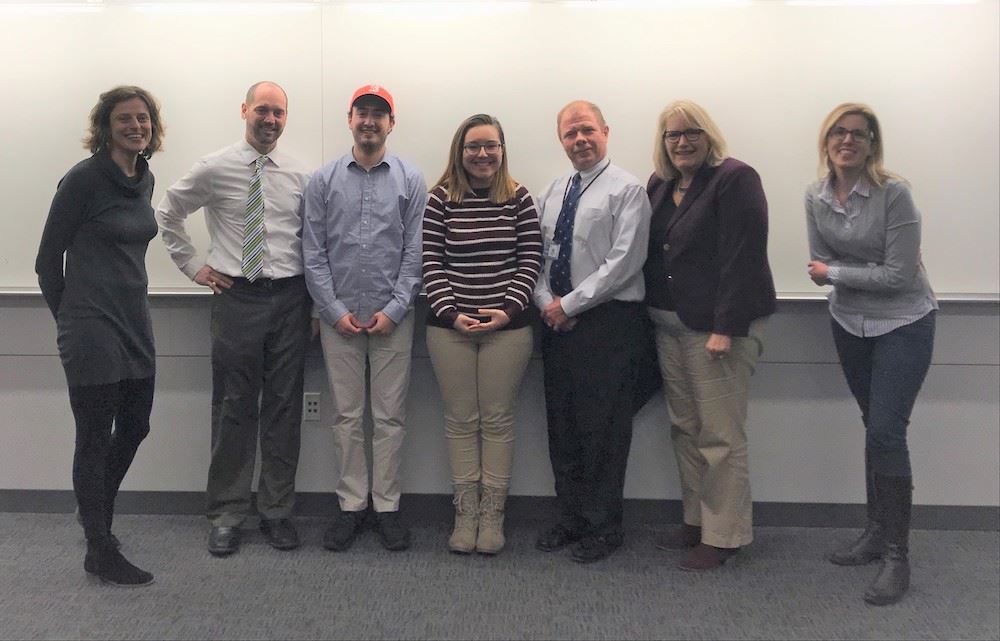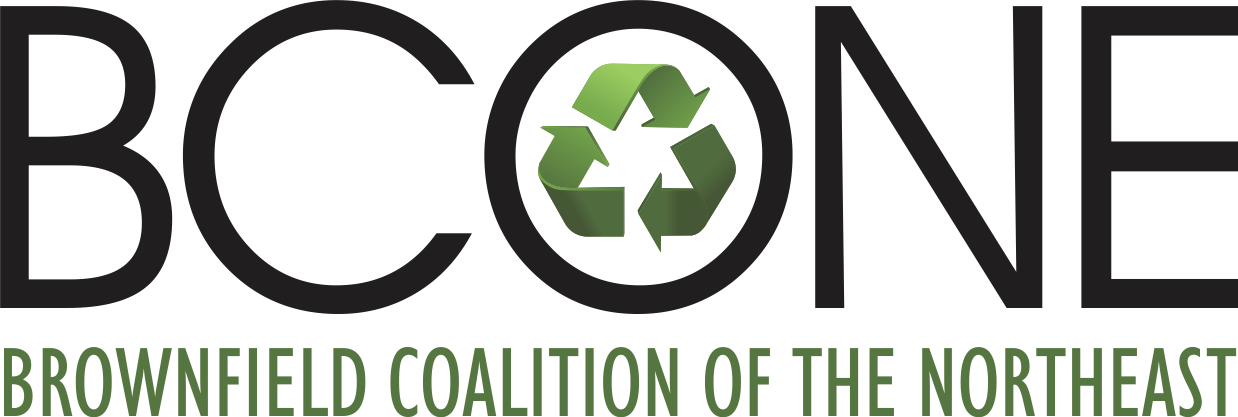By Steve Dwyer
“This scholarship gave the students even more incentive to work harder. All of them had a steep learning curve about brownfields at the start, but in the end, they learned a lot about how the world works.”
This quotation represents a compelling case for the power of university-driven on-the-job training initiatives. How a classroom setting indeed accomplishes much but is nothing compared to the power of real-world experience.
The insight comes courtesy of Dr. Nefeli Bompoti when we spoke in early January about the team of four University of Connecticut students who became the second set of recipients of the Charlie Bartsch Memorial Brownfield Scholarship, established by BCONE to honor the legacy of Bartsch, the dynamic and well-loved brownfields industry advocate who passed in 2017. Charlie was an “iconic environmentalist who lived life to its fullest.”
Ms. Bompoti, Ph.D., is the assistant research professor, CT Brownfields Initiative, Dept. of Civil & Environmental Engineering at UCONN, who oversees the program along with fellow professor Marisa Chrysochoou, Ph.D., director, Connecticut Brownfields Initiative, Department of Civil and Environmental Engineering.
The four students—Connor Oakes, Chris Falk, Matthew McKenna and Caressa Wakeman—were awarded $500 each. They were selected from seven UCONN teams within the CT Brownfields Initiative (CBI). UCONN students who participated hailed from the engineering, environmental, geology, real estate and consulting areas of study.

The three judges included Mark Lewis, brownfields coordinator at the CT Department of Energy and Environmental Protection (DEEP) and BCONE’s Vice President, Don Friday, project manager at the CT Department of Economic and Community Development (DECD) and Sarah Trombetta, senior project manager at TRC Companies.
They selected the winning team, which was assigned to the town of Stafford, Conn. The CBI students worked on a semester-long assignment as part of the Brownfield Redevelopment course to prepare EPA assessment grant proposals for seven Connecticut municipalities and regional planning agencies. In addition to Stafford, towns included Clinton, Groton, Manchester and Plainfield, along with the Capitol Region and Southeastern Councils of Government.
The UCONN BCONE scholarship follows the first scholarship awarded in the Fall of 2019 to Rutgers University student Ethan Siegenthaler. With two scholarships awarded out by BCONE, the association is in the process of selecting a third, yet-to-be-determined university in Pennsylvania to partner with this semester.
What’s unique about the UCONN commendation is that the CBI program—under the leadership of professors Bompoti and Chrysochoou—is fully committed to fostering brownfield careers for students.
“The winning team visited the town of Stafford five times during the semester, conducted phone work and captured many details about the community and the current state of brownfields by getting documents from town hall. Field work included Phase investigations 1,2 and 3. This led to them writing the assessment grant and giving a 15-minutes presentation in class about their efforts. They invested a lot of time on this.”
The team identified five brownfield sites in Stafford, a town of about 12,000 residents. “One site was an old school with incidence of asbestos and lead paint, while two sites were textile mills. They were in close proximity to waterways,” says Bompoti. “All the groups did an excellent job, and it was hard for the judges to choose.”
Stafford is vying for a $300,000 Economic and Community Development grant to address hazardous substances and petroleum cleanup. The grant was to be submitted at the end of January and will be reviewed at the federal level. (Note: The Federal government shutdown, still ongoing as of presstime, could alter the way the grant proposal moves through channels.)
One of the towns that was part of the process, Plainfield, spoke highly of the work carried out by the UCONN students. “The students did the legwork, examining sites and going back through previous studies,” said Plainfield planning and zoning supervisor Mary Ann Chinatti. “If we didn’t use this program, we’d have to pay a third-party to do this work.”
If any BCONE members are interested in seeing the students’ projects, please let sboyle@geiconsultants.com know; if enough folks ask, we’ll make the links available to BCONE members only on the website.

